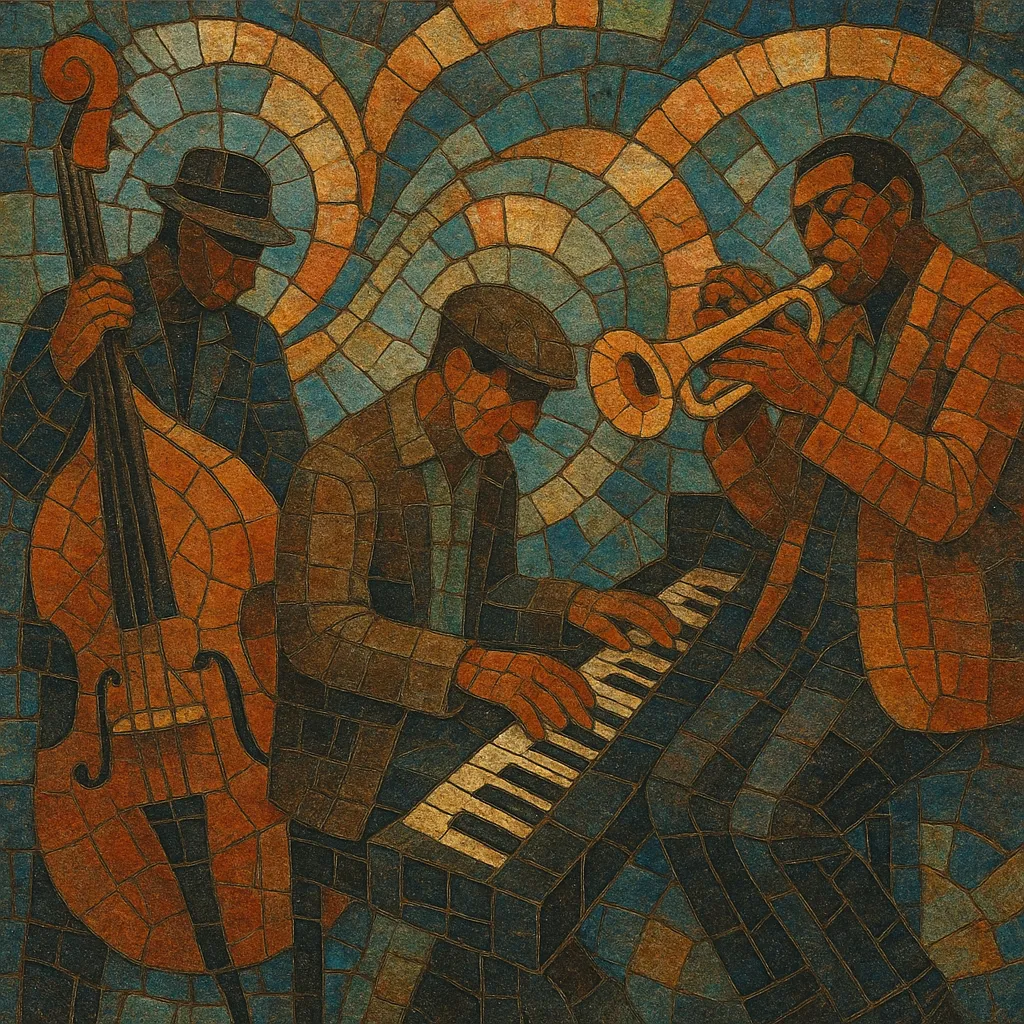
Jazz beats is a sample‑driven, hip‑hop‑rooted style that foregrounds the harmonies, timbres, and swing of jazz within loop‑based instrumental tracks. Typical productions center on warm electric pianos, upright or electric bass, brushed drum kits, horns, and vibraphones—often sourced from vintage records or performed live—stitched together with a head‑nod boom‑bap pulse.
Producers lean into relaxed tempos, loose human feel, and mellow textures like vinyl crackle, tape hiss, and gentle saturation. Chord vocabulary borrows from jazz (7ths, 9ths, 11ths, and extended voicings), while the rhythmic identity favors swung grooves and behind‑the‑beat drum programming. The result is contemplative, soulful, and often nostalgic instrumentals suited for focused listening and laid‑back atmospheres.
Jazz beats emerged from hip‑hop producers who sampled classic and contemporary jazz to craft head‑nod instrumentals. In the United States, crate‑digging and MPC‑based workflows popularized by figures like J Dilla and Pete Rock normalized jazzy chord loops, swung drums, and a warm, dusty sonic palette. In parallel, jazz rap acts helped establish the aesthetic link between jazz harmony and hip‑hop rhythms, while downtempo and trip hop broadened the space for mellow, instrumental beatmaking.
In the 2000s, the sound spread globally. Japanese producers such as Nujabes and DJ Krush deepened the style’s emotive and cinematic qualities, blending modal harmony, brushed drums, and melodic basslines. This international wave cemented the format of jazz‑infused instrumentals as a standalone listening experience, not just backing tracks for MCs.
The 2010s saw a massive audience shift via streaming playlists and 24/7 channels. The low‑key, soothing nature of jazz beats aligned perfectly with “study,” “chill,” and “focus” contexts. While lo‑fi hip hop rose as a parallel tag, many of its signature cuts remained rooted in jazz harmony and swing, blending mellow chord loops with minimalistic drum programming.
Jazz beats now spans a spectrum—from sample‑based boom‑bap to live‑played, neo‑soul‑tinged instrumentals. Independent labels and online communities support a global network of beatmakers, while hardware like MPCs, SP‑404s, and compact controllers sustains a performance culture of finger‑drumming and on‑the‑fly resampling.

